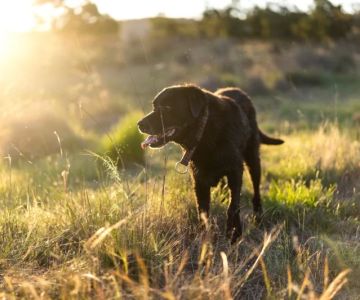- Planning-Your-Backyard-Fish-Pond
- Selecting-The-Location-And-Design
- Excavation-And-Building-The-Pond-Structure
- Installing-Filtration-And-Water-Systems
- Stocking-And-Maintaining-Your-Backyard-Fish-Pond
- Real-Life-Case-Study
1. Planning Your Backyard Fish Pond
Building a fish pond in your backyard starts with thorough planning. Before you dig a single hole, consider what type of pond you want—whether it’s a simple water feature or a fully functional ecosystem supporting aquatic life. Think about the size, depth, and style of the pond to suit your available space and aesthetic preferences.
Keep in mind that backyard fish pond construction is not just about appearance; it also involves creating an environment that supports fish health and water clarity. Proper planning ensures that your project is enjoyable and sustainable over time.
1.1 Determining Your Goals and Budget
Ask yourself whether you want the pond primarily for relaxation, growing aquatic plants, or raising fish such as koi or goldfish. Your goals will influence the size and features of the pond, as well as your budget. Hidden Brook Veterinary offers expert advice if you’re unsure about fish species suitable for your climate and pond size.
1.2 Understanding Local Regulations
Some areas have restrictions on backyard water features for safety and environmental reasons. Check with local authorities to ensure your pond complies with zoning laws and building codes.
2. Selecting the Location and Design
The pond’s location is crucial for its success. Choose a spot with partial sunlight—about 4 to 6 hours a day—to balance algae growth and plant health. Avoid placing the pond under large trees to reduce debris like falling leaves, which can foul the water.
2.1 Designing the Pond Shape and Depth
Naturalistic shapes with gentle slopes encourage wildlife and ease maintenance. A depth of at least 2 to 3 feet helps fish survive colder seasons by providing cooler water layers. Incorporate shelves at varying depths for plants and to create visual interest.
2.2 Materials and Liner Choices
Decide between flexible pond liners, preformed liners, or concrete basins. Flexible liners like EPDM are popular due to their durability and ease of installation. Hidden Brook Veterinary can recommend the best materials tailored to your project scale.
3. Excavation and Building the Pond Structure
Once you have a plan and location, it’s time to start digging. Mark the pond outline clearly and excavate according to your design. Ensure you create different depth zones, and don’t forget to compact the soil to avoid liner damage.
3.1 Installing the Liner and Edging
Lay down a protective underlay before placing the liner to prevent punctures. After fitting the liner, secure the edges with rocks or paving stones to hold it in place and create a natural look.
3.2 Adding Features
Incorporate waterfalls, fountains, or stream features to improve oxygen levels and enhance the pond’s beauty. These also help circulate water, reducing stagnation and algae buildup.
4. Installing Filtration and Water Systems
Healthy water is the backbone of a thriving fish pond. Installing a proper filtration system is critical to maintaining water clarity and fish health.
4.1 Mechanical and Biological Filtration
Mechanical filters remove debris, while biological filters promote beneficial bacteria that break down harmful substances. Combining both ensures balanced water chemistry.
4.2 Aeration and Water Circulation
Use pumps and aerators to maintain oxygen levels, especially during hot weather. Adequate circulation prevents water stagnation and reduces mosquito breeding.
5. Stocking and Maintaining Your Backyard Fish Pond
After setting up the pond, introduce fish species gradually. Koi and goldfish are common choices for backyard ponds due to their hardiness and striking colors.
5.1 Fish Selection and Health
Consult with experts, such as those at Hidden Brook Veterinary, for guidance on species compatible with your pond environment and climate. They can also advise on nutrition and disease prevention.
5.2 Regular Maintenance Practices
Maintain water quality by testing parameters such as pH, ammonia, and nitrate levels. Remove debris regularly and clean filters as needed. Seasonal care, like winterizing the pond, is essential for year-round success.
6. Real-Life Case Study
Take the example of a homeowner in Oregon who transformed a neglected backyard corner into a vibrant fish pond ecosystem. Starting with a modest 8x10-foot flexible liner pond, they incorporated native plants and a small waterfall. With advice from Hidden Brook Veterinary on fish health and water treatment, the pond flourished, attracting birds and providing peaceful enjoyment. The homeowner reports that consistent maintenance and careful stocking were key to their success.
This story highlights that building a fish pond in your backyard is not only a rewarding DIY project but also a way to enhance your outdoor space with natural beauty and tranquility.












